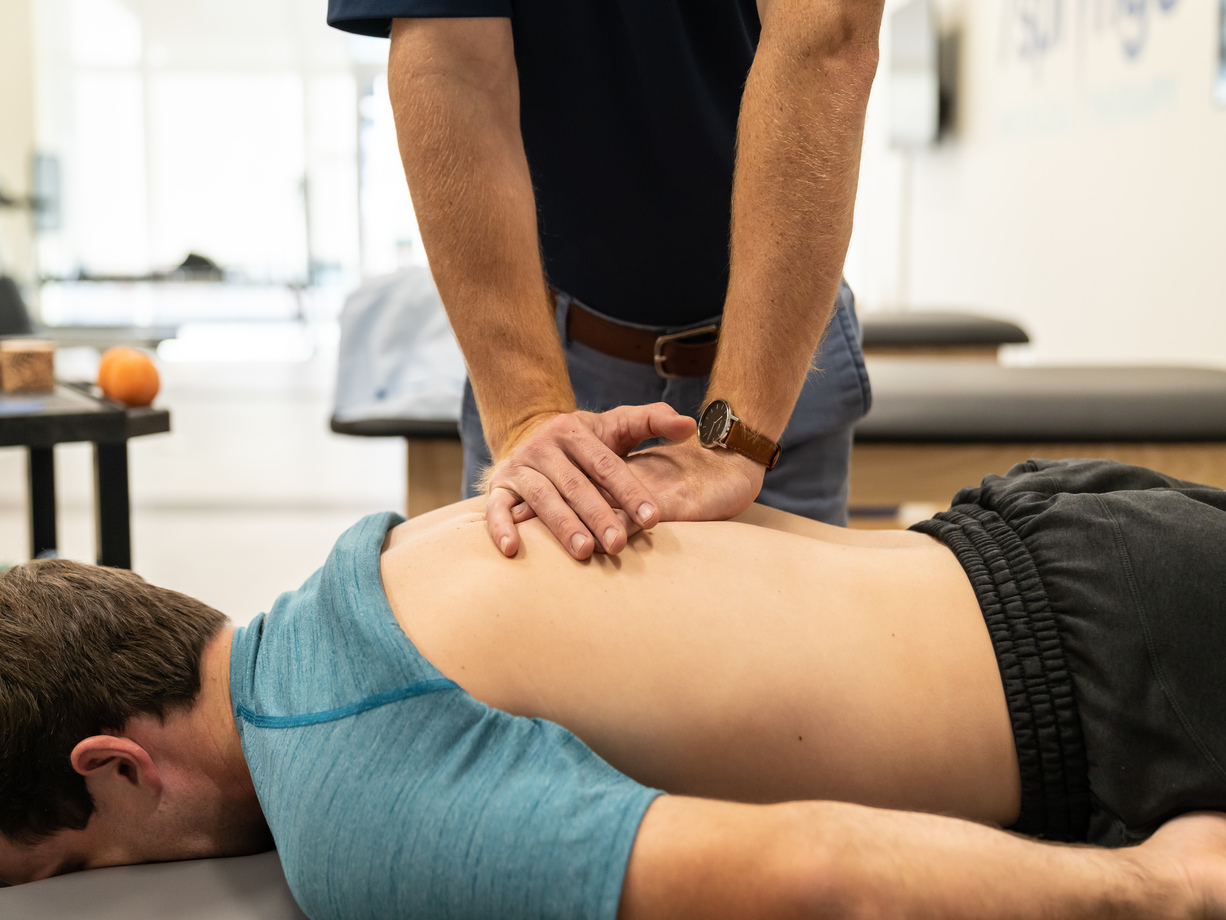Back Pain Causes And Treatment Options
Part 1:
If you suffer from back pain, you’re not alone. Back pain is one of the most common medical conditions treated in the US, and a significant portion of my practice at 7 Springs Orthopedics. Fortunately, a number of non-surgical treatment options are available.
Most people tend to think that surgery is the main way to treat or cure back pain. Many conditions that cause back pain get better by themselves within weeks to months. As a point of reference, approximately 10% of all patients that are seen for back pain will ever require a surgical procedure. There are 4 main types of causes that we see commonly for back pain.
Here are the top 4 reasons people suffer from back pain along with their treatment options:
1. Lumbar Strains and Sprains: common soft tissue injuries that may require a long time to heal, even with treatment. Strains occur when you stretch the muscles and/or tendons in your back abnormally. Sprains occur when you stretch a ligament abnormally. Ligaments are the tough bands of tissue that attach bones to bones and stabilize your back.
Treatment for both strains and sprains are similar – short periods of rest followed by activity such as physical therapy, stretching and core strengthening to restore mobility. Ice, heat, massage, and traction can also help. Your doctor may also recommend anti-inflammatory medications to relieve your pain. The good thing to remember is that neither strains or sprains require surgery for recovery.
Part 2:
2. Herniated (“Ruptured Disc): a condition in which the spongey disc material between the bones of your spine bulge beyond their hard outer shell. When lower back and leg pain (sciatica) occur together, a herniated disc is most often the cause, and symptoms can occur “out of the blue” and rapidly.
Treatment options include exercise, avoiding painful positions, physical therapy, muscle relaxants, over-the-counter pain medications, prescription drugs and corticosteroid injections. Less than 5% of patients require surgery to remove the herniated disc material. If surgery is required, usually this can be done thru a minimally invasive approach and go home the same day.
3. Spine Arthritis (bone on bone arthritis): a condition that involves the breakdown of cartilage, the cushioning material between your joints and bones. Because discs function like shock absorbers between your facet joints and bones, breakdown of this cushioning material can cause pain and stiffness, especially when you bend or twist and have repetitive range of motion.
Treatment of arthritis often focuses on reducing inflammation and relieving pain through over-the-counter medications, prescription drugs and cortisone injections either in office or via and ESI ( which is done under fluoroscopy), however we tend to see better results for facet DJD with the ESI ( Epidural Spinal Injection). Exercise therapy may also be recommended to decrease stiffness and strengthen muscles around the joint. Surgery is only recommended for certain types of facet joint and disc arthritis that affect the stability of the spine.
Part 3:
4. Spine Alignment Problems: the two most common forms of “misalignment” in the spine are conditions call spondylolisthesis and scoliosis. Both present differently as seen below.
Spondylolisthesis is a condition in which one of the bones in your spine (vertebra) slips forward and out of place compared to the adjacent bone. The condition can cause back and leg pain ranging from mild to severe, although many people experience no symptoms. This is unfortunately common in athletes where there is unusual torque and rotation to the spine.
Treatment includes exercise, physical therapy, anti-inflammatory medications and steroid injections. Surgery may be recommended if less invasive treatments do not provide lasting relief.
Scoliosis is a sideways curvature of the spine that most often occurs in young patients.( female greater than male) However, as people age, the degenerative spine can begin to curve and twist due to weakened discs and joints. As the curvature worsens, arthritic pains in the back and sciatic pains in the lower back and legs can develop from narrowing of nerve channels within the spinal column.
Treatment includes all of the previously mentioned non-surgical options. In the proper setting, surgery can be done to correct alignment problems, which address instability of bones, joints and disks. Surgery also relieves nerve compression. General treatment at 7 Springs is to monitor X-rays of the thoracolumbar spine and monitor the curve to access stability. Bracing is encouraged for some based on age and degree of curve.
The important thing to remember is that surgery is very rarely the first option to relieve back pain complaints, unless it is the best option. People should never be afraid to reach out and get the care they deserve to make sure that they can “Stay in the game”.
– Written by Stu Jones, MPH
Share
